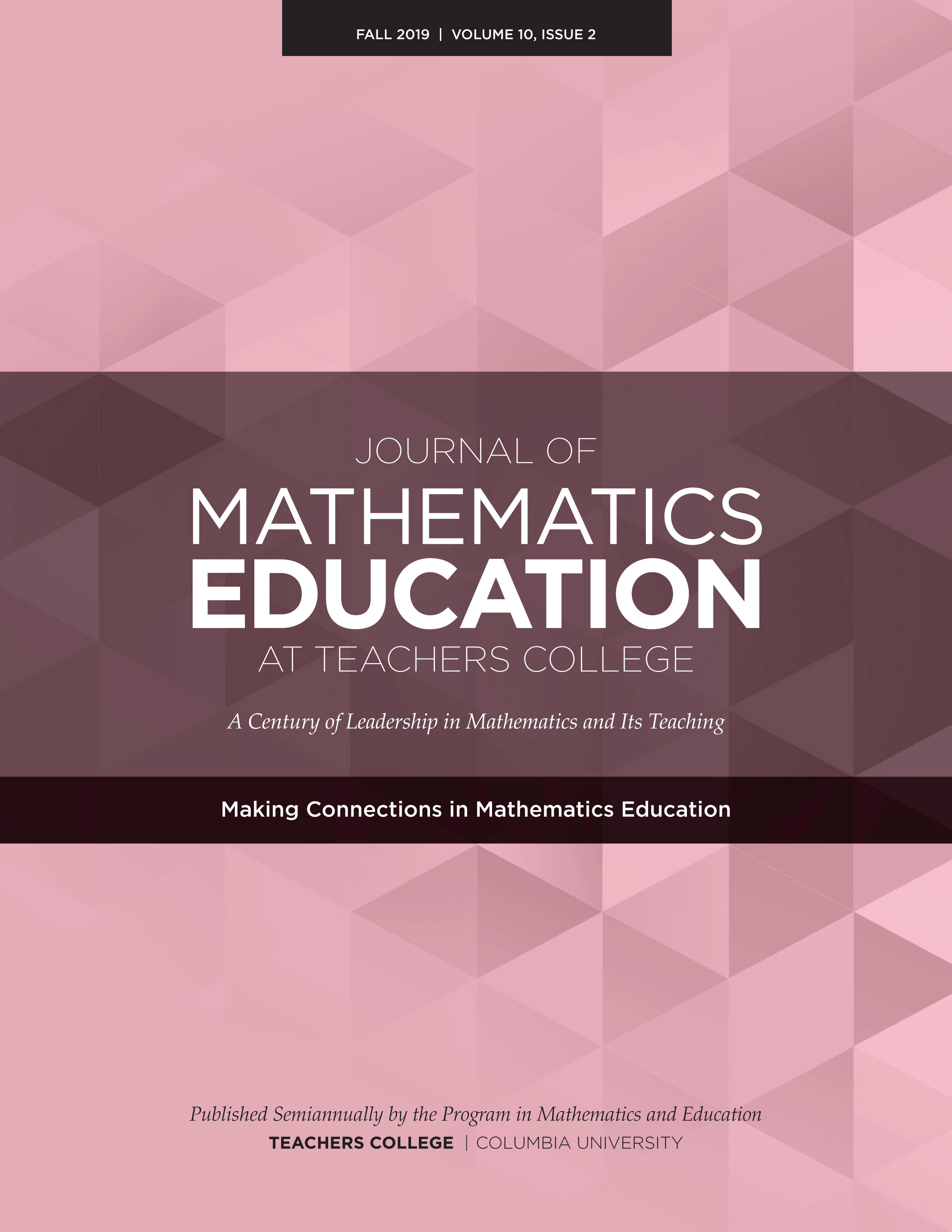After Presenting Multiple Solution Strategies, What’s Next? Examining the Mathematical Connections Made by Preservice Teachers
Main Article Content
Abstract
When teaching through problem solving, effective mathematics teachers need to lead discussions that assist students in making connections between different solution strategies. However, while teaching a methods course for preservice teachers (PSTs), we noticed that after solving a problem and presenting various solution strategies, many PSTs seemed lost on how to proceed with the mathematics lesson. To address this issue, we designed an action research study where we implemented Smith and Stein’s (2011) five practices for orchestrating productive classroom discussions, and focused our attention on the fifth practice, making connections. Specifically, we designed an instructional intervention to examine the type of connections made by PSTs and how these connections changed as the course progressed to aid PSTs’ connection making skills. We identified three types of connections made by PSTs: superficial knowledge connections, procedural knowledge connections, and conceptual knowledge connections. Additionally, we observed a decrease in the amount of superficial knowledge connections and an increase in the amounts of procedural knowledge connections and conceptual knowledge connections made by PSTs throughout the course.

